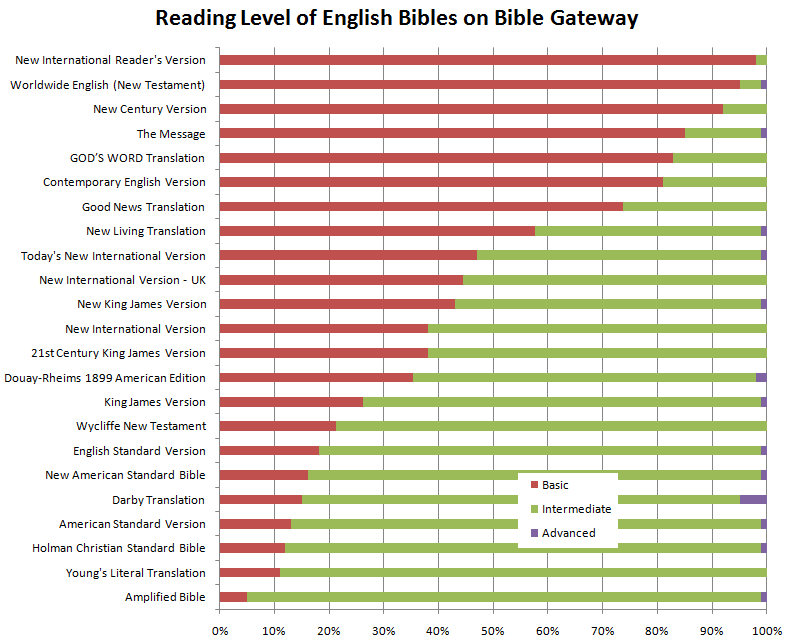

It was favored among the Greek-speaking Jews of the fourth and fifth centuries, and in the sixth was sanctioned by Justinian for public reading in the synagogues. When his version appeared, about 130, its rabbinical character won approval from the Jews but distrust from the Christians. Aquila, taking the Hebrew as he found it, proves in his rendering to be “a slave to the letter”. Jerome, a pupil of Rabbi Akiba who taught in the Palestinian schools, 95-135. The first and the most original is that of Aquila, a native of Sinope in Pontus, a proselyte to Judaism, and according to St.

Only fragmentary remains of them are preserved, chiefly from Origen’s “ Hexapla” (q.v.). In the second century, to meet the demands of both Jews and Christians, three other Greek versions of the Old Testament were produced, though they never took the place of the Septuagint. This, with three others, the Complutensian, Aldine, and Grabian, are the leading representative etlitions available. Among the Latins its authority was explicitly recognized by the Fathers of the Council of Trent, in compliance with whose wishes Sixtus V, in 1587 published an edition of the Vatican Codex. It is still the official text of the Greek Church. An account of its origin, recensions, and its historical importance has been given above (see Septuagint Version). The Septuagint, or Alexandrine, Version, the first and foremost translation of the Hebrew Bible, was made in the third and second centuries B.C. MISCELLANEOUS: Aleutian Aniwa Battak Benga Bengali Chinese Gipsy or Romany Hindu Hindustani Japanese Javanese Mexican Modern Greek. VERSIONS FROM MIXED SOURCES: Italian Spanish Basque Portuguese French German Dutch and Flemish Scandinavian (Danish, Swedish, Norwegian, Icelandic) Finnish (Esthonian, Laplandish) Hungarian Celtic (Irish, Scotch, Breton or Armoric, Welsh or Cymric).

VERSIONS FROM THE HEBREW: Chaldaic Syriac (Peschitto) Arabic (Carshuni) Persian Samaritan Pentateuch Vulgate other Latin versions. Middle Egyptian or Bashmuric) Ethiopic and Amharic (Falasha, Galla) Gothic Georgian or Grusian Syriac Slavic (Old Slavonic, Russian, Ruthenian, Polish, Czech or Bohemian, Slovak, Servian or Illyrian, Croatian, Bosnian, Dalmatian) Arabic Armenian. VERSIONS FROM THE SEPTUAGINT: Vetus Itala or Old Latin Egyptian or Coptic (Bohairic, Sahidic, Akhmimic, and Fayilmic, i.e. Synopsis.-GREEK: Septuagint Aquila Theodotion Symmachus other versions. The examples of Bible translations is not meant to be all inclusive, but rather a listing of some of the more popular.Versions of the Bible. GNT - Good News Translation (also Good News Bible) NIrV - New International Reader's Version TNIV - Today's New International Version NRSV - New Revised Standard Version The truth is, all Bible translations contain some human error, so it's best to use several versions in study. Thought-for-thought translations can be good secondary sources for simply reading God's Word or for rounding out an understanding of Scripture. We recommend this as a good all-around translation for everyday use. The United Church of God uses the New King James Version as its standard English-language translation. The authors often exercise "poetic license," leaving great room for personal religious ideas. The New International Version is perhaps the most well-known of the thought-for-thought translations.Ī paraphrased translation has the primary goal of conveying the Bible in a simple, easy-to-understand language without regard to word-for-word or even thought-for-thought expressions of the original languages.

As such, these types of translations should not be exclusively relied on for doctrinal study. The thought-for-thought translations seek to express the meaning of each sentence or paragraph from the original language in simple up-to-date English without being tied to translating every word. Two examples of word-for-word translations are the King James Version and the New King James Version. However, some consider a word-for-word translation harder to understand, particularly when it comes to figures of speech that are not used in modern culture. A word-for-word translation attempts to translate each Hebrew or Greek word into a corresponding English word. There are three main types of Bible translations: word-for-word, thought-for-thought and paraphrase. Which one do you choose to study God's Word and learn His way? Go into any good bookstore and you can easily be overwhelmed with dozens and dozens of Bible translations from which to choose. We could take Solomon's statement and extend it to Bible translations. "Of making many books there is no end." So said Solomon in Ecclesiastes 12:12 Ecclesiastes 12:12 And further, by these, my son, be admonished: of making many books there is no end and much study is a weariness of the flesh.Īmerican King James Version ×.


 0 kommentar(er)
0 kommentar(er)
